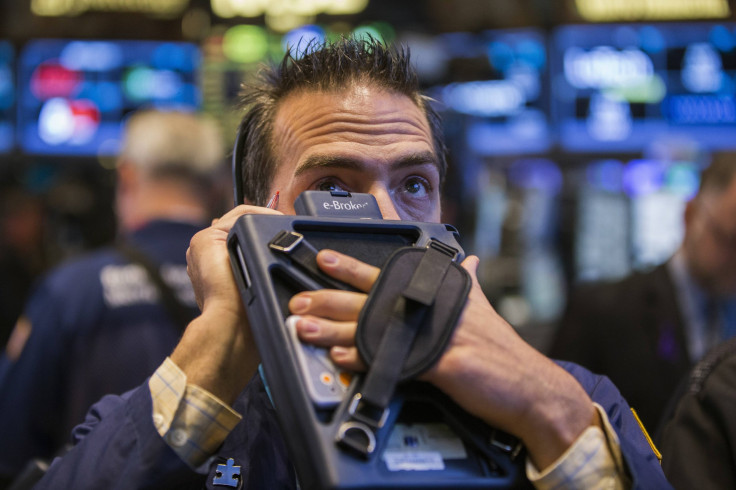S&P 500 Index Hits Record On Strong US GDP Growth, But Dow Dips After Weak Consumer Confidence

U.S. stocks were mixed on Tuesday, despite the S&P 500 hitting a new record, after consumer confidence fell in November, offsetting earlier gains from data that revealed the U.S. economy grew stronger than expected last quarter.
The Conference Board's Consumer Confidence Index, a leading indicator designed to measure consumer optimism on the U.S. economy, declined to 88.7 in November, the lowest in five months, down from 94.1 the previous month. Confidence among consumers retreated in November primarily due to "reduced optimism" in the short-term outlook, according to The Conference Board.
“Consumers were somewhat less positive about current business conditions and the present state of the job market; moreover, their optimism in the short-term outlook in both areas has waned,” Lynn Franco, director of economic indicators at The Conference Board, said in a press release. “However, income expectations were virtually unchanged and gas prices remain low, which should help boost holiday sales.”
Wall Street had previously opened higher in early trading, with the S&P 500 hitting a record intraday high of 2,074.21, after U.S. gross domestic product in the third quarter was revised higher to a 3.9 percent annual pace compared with the 3.5 percent rate reported Oct.30. The gains were driven due to upward revisions to business and consumer spending, the Commerce Department reported Tuesday in its second estimate. Consumption growth is now estimated to have been 2.2 percent last quarter, up from the initial 1.8 percent estimate while business investment is forecast to have been 7.1 percent in the third quarter rather than 5.5 percent.
“The unexpected strength of third-quarter GDP growth, which was revised up to 3.9 percent annualized from 3.5 percent, is another reason to expect the Fed to begin normalizing interest rates sooner than expected next year. We still anticipate the first rate hike coming in March next year,” Paul Ashworth, chief economist at Capital Economics, said in a research note.
Separate data showed home prices rose less than expected in September, signaling a broad-based slowdown for home prices. The S&P/Case Shiller Composite Index, a leading measure of U.S. residential real estate prices, showed home prices continued to decelerate with year-over-year home prices rising 4.9% in September 2014 compared with annual growth of 5.6% in August 2014.
The Index tracks changes in the value of residential real estate both nationally as well as in 20 metropolitan regions. Charlotte and Miami led all cities in September with increases of 0.6 percent, while Atlanta and Washington, D.C., offset those gains by reporting decreases of 0.3 percent and 0.4 percent, respectively. “The overall trend in home price increases continues to slow down,” David M. Blitzer, managing director and chairman of the Index Committee at S&P Dow Jones Indices, said in a statement.
The Dow Jones Industrial Average, which measures 30 large industrial stocks, lost 11.18 points, or 0.06 percent, at 17,806.72; the S&P 500 Index added 0.30 points, or 0.01 percent, at 2,069.71. The Nasdaq Composite gained 9.03 points, or 0.19 percent, to 4,763.82.
© Copyright IBTimes 2025. All rights reserved.





















